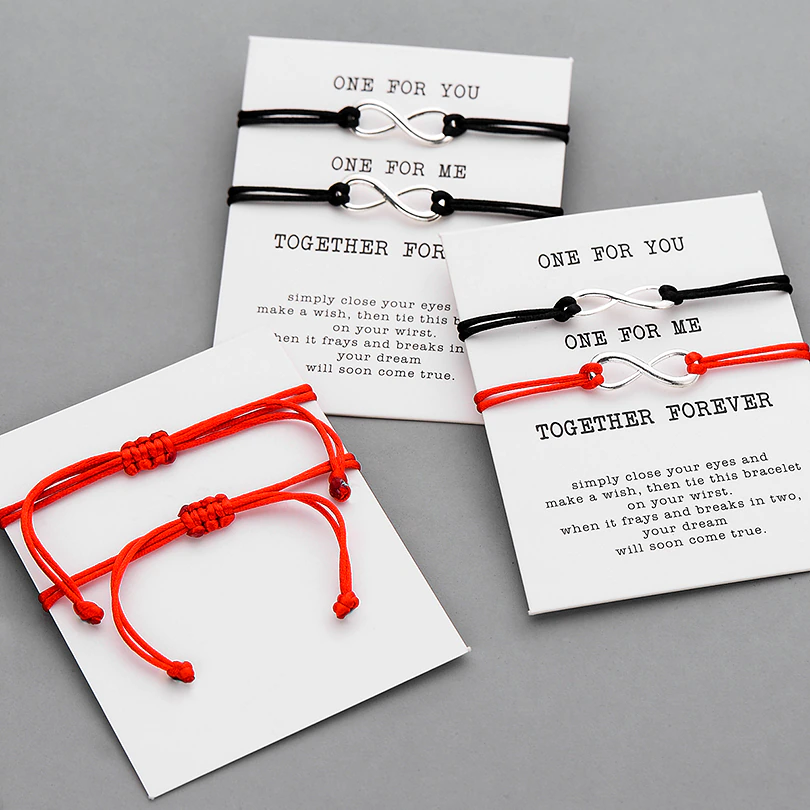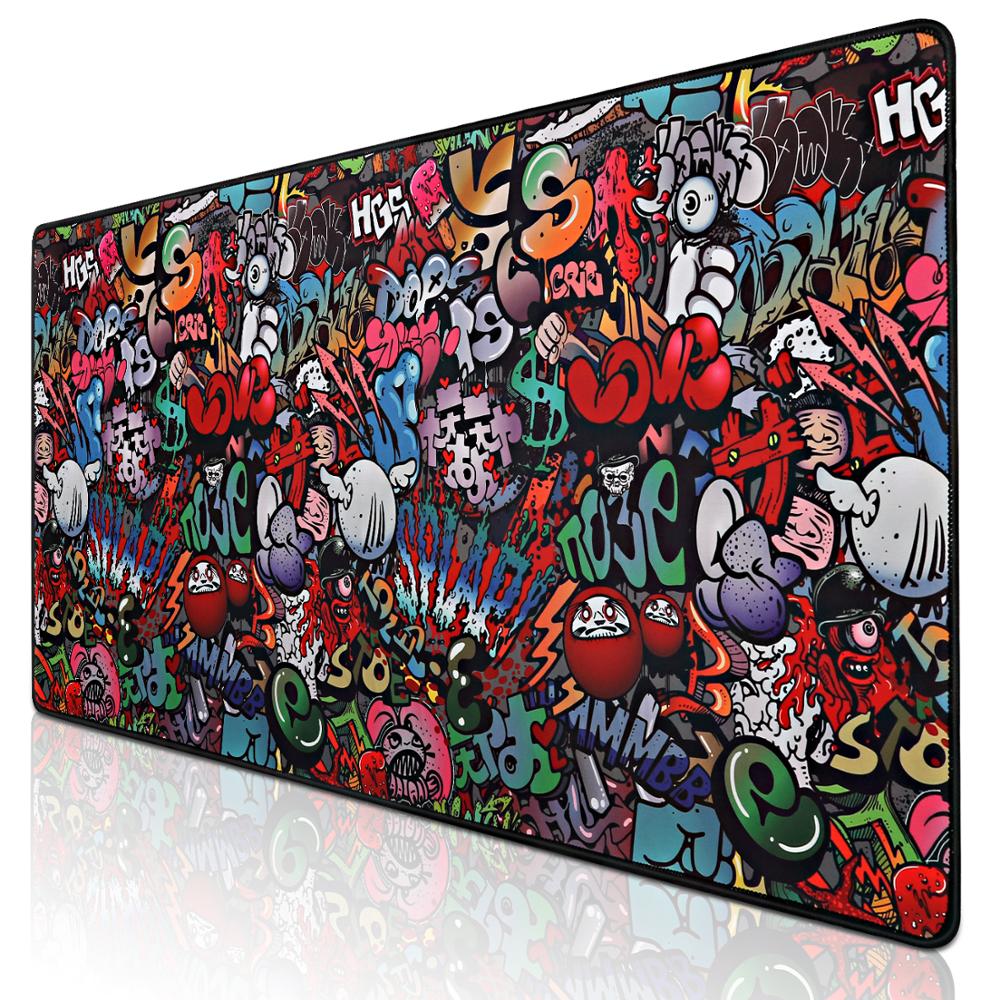system. Men held the power in society, with even the justice system favouring them The play was written sometime around 1610-1611 and thus draws a lot of reference from Elizabethan culture. Web. The role of JPs was a varied one. They: organised road and bridge repairs; checked weights and measures in shops A royal court is difficult to define because it changed constantly, but it was generally made up of the queen and all of the people who clustered around her, taking care of her household and personal needs and helping her to govern the country. Often led to them being places in poorhouses or work houses, or apprenticing them till adulthood. Medieval and Tudor people *believed* in witchcraft, certainly. Further Reading. of ideas. Perhaps the Pit was preferable, or the Little Ease, where a man couldn't stand upright. This era is known for many things: art, the Bubonic Plague, Castles, Elizabeth I, and witches. Elizabethans believed that God had appointed the monarch and she had the power and status to grant jobs to those below her. Cart For example, if you choose to research the plague, give facts about the Shakespearean treatment of the plague and compare it to today's pandemic. As characters, Lavinia and Tamora are strikingly different, yet in their contrast they reflect the relationship between women and power in the Elizabethan era. Since at that time England was divided into three classes, punishment would vary according to the class. Wet nurses were women who had recently had a ca. The concept of incarcerating a person as punishment for a crime was a relatively novel idea at the time. Social Classes in Renaissance England. . There were many strict laws in Elizabethan England. But that isn't so. Though the contents of a piece of literature may be immortalized in physical, the actual interpretation of . This is a theme in Shakespeare's Macbeth and King Lear, and in Christopher Marlowe's Doctor Faustus, to name just a few plays. This complex process has been discussed elsewhere.' In This complex process has been discussed elsewhere.' In In a provocative essay published in Renaissance Quarterly in 1999, Ullrich Langer investigated the critical positions of novellieri such as Boccaccio regarding the legal system, courts, and lawyers. Balancing the body and consulting the heavens: Medicine in Shakespeare's time. From whipping to the wheel, Elizabethan England was not short on any punishment or torture. The Elizabethan Era is known for the elaborate outfits that men and women wore to court and elite social functions. . This essay shall go over the various approaches to punishment by looking at the diverse political shifts and the overall . There is an interesting cast of secondary characters including Bess's maid Joan who previously lived on the streets in London before Bess befriended . They were a voluntary position, however, it was a great honour to serve as a justice of the peace. Shakespeare lived through the sixteenth and seventeenth centuries. Criminal Justice System Essay. The poor did not share the wealth and luxurious lifestyle associated with famous Tudors such as Henry VIII, Elizabeth I and non-monarchs such as Sir Francis Drake. The seeds of the modern justice system were sown by Henry II (1154-1189), who established a jury of 12 local knights to settle disputes over the ownership of land. The Monarch during the Elizabethan era was, obviously, Queen Elizabeth the first. In order to prove that he was a priest, the criminal would have to read a passage from the Bible in Latin because only clergy could read and . How did the Elizabethan Poor Law conceptualize the poor? Account & Lists Returns & Orders. Elizabethan Poor Law of 1601. In William Harrison's article "Crime and Punishment in Elizabethan England"‚ says that "the concept . One of the reasons that Elizabethan theatre was so successful was that it was enjoyed by the Queen. The British criminal justice system (CJS) is a multi-agency organisation founded by government bodies in order to deter criminal activity in society and enforce punishments on those who offend (Gov.uk, 2013). Organize your findings in a presentation format such as Google Slides, Canva, etc. The surgeons dissected these bodies to learn more about human anatomy. Imagine life without electricity, plumbing, vehicles. Hierarchy was also import. Pobi 1 Awura Abena K. Pobi Mrs. Kelly Pre Ap English 9 2/24/20 Crime and punishment in the Elizabethan Era People today say the justice system is harsh, but England during the Elizabethan era had much harsher punishments for the townspeople or citizens. Leontes, on the other hand, defies the system of justice with his groundless accusations, and he defies the gods by . Crime and Punishment in the Elizabethan Era. Queen Elizabeth passed many laws to keep everything in its place. In William Harrison's article "Crime and Punishment in Elizabethan England", says that "the . Stradanus inuent. The term "crime and punishment" was a series of punishments and penalties the government gave towards the people who broke the laws. I'm not as familiar with the Elizabethan era, but I loved the details of how the justice system worked, the attitude toward Catholics, what medicine was like, and what life in a village was like. The Elizabethan Era was also a time where crime was scarce, punishment was harsh, and the well respected people who committed these crimes became even more famous. First performed at the Rose Theatre in London in 1594, Titus Andronicus was Shakespeare's tragedy debut . Life for the poor in Elizabethan England was very harsh. Act 1, however, is speculated to have been. A lot of the literature from this era talks about people handling problems through litigation much like they still do today. The criminal justice system was also thought to shape human conduct.… The idea t. People convicted of crimes were usually held in jails until their trials, which were typically quick and slightly skewed in favor of the prosecution ("Torture in the Tower of London, 1597"). During the Elizabethan era in England, the form of government was the English Parliament. Later on, there was an overpopulation of people . These leases could . Justices of the Peace (JPs) in the Tudor Age. The Elizabethan age is called the Golden Age of England because it was a long period of peace and prosperity in which the arts flourished, and much of English society participated in the . Elizabethan England was a patriarchal society despite having Queen Elizabeth I as a female figurehead. The Elizabethan Era occurred (1588-1603) marked by reign of queen Elizabeth. They are the police, the courts, and the corrections. Shakespeare explores the idea of justice in The Merchant of Venice and Measure for Measure. It was the start of poetry, music, and literature. Answer (1 of 2): Order vs chaos, or the upset of the natural order of things, would be one theme that dominates much of Elizabethan literature. Education in Elizabethan Era was highly influenced by the ruling monarch of the time and as such the education style would also reflect the religious belief of the ruling King or Queen.. Each one of the components has a role to play in the system. During this time period the throne was held by Queen Elizabeth I ("Elizabethan Era"). At the same time, much of thejudicial system was streamlined and rationalized. If plaintiff failed to prove the guilt, they would recieve the charges and pay the court fine Hundreds of bills were initiated . A BRIEF OVERVIEW OF ELIZABETHAN LAW One cannot look at the concept of "justice" in Shakespeare's The Merchant of Venice and Measure for Measure without examining the role of law within Elizabethan England. What started the Elizabethan Era? Under Queen Elizabeth, England had enjoyed a long period of relative peace and prosperity. [17] The Elizabethan Era is the period associated with the reign of Queen Elizabeth I (1558-1603) and is often considered to be a golden age in English . 1591. The Judicial system in Elizabethan England was an old system, passed down from the Anglo-Saxon Era. Justices of the Peace were a key element of local government in Elizabethan England. The Elizabethan punishments for offences against the criminal law were fast, brutal and entailed little expense to the state. Chancery Courts The Rack 'tears a man's limbs asunder' - not literally, but it could snap the ligaments and cause excruciating pain. In Elizabethan England there was one center of power—the royal court. More and more people perpetrated crimes in an effort to alleviate harsh economic poverty. They were responsible for ensuring law and order were kept in the counties. century this system was considerably enlarged and strengthened with police patrols eventually reach-ing a proportion of one patroller to every 250 inhabitants. Which shows us how Aristophanes unknowingly, influenced the Elizabethan era again. At the time, the justice system was in favour of persecution and the majority of the time execution took place. During this time, the effects of the Black Death were starting to die down and the population was slowly recovering. Elizabethan Era The age of unknown scents. Henry VIII authorized a law in 1540 giving surgeons the bodies of four hanged criminals a year. I'd be content just to see actual ramifications from the final case of Apollo Justice, where they introduced the Jury system. In Elizabethan England, judges had an immense amount of power. Crime and Punishment in Elizabethan England. Government. Originally published by the British Library , 03.15.2016, under the terms of a Creative Commons Attribution 4.0 International license. Most murders in Elizabethan England took place within family settings, as is still the case today. Shakespeare also uses humour to show the audience that the justice is corrupted by using a stock buffoon/bomolochus character. The Overseer of the Poor was under the supervision of the Justice of the Peace. Answer (1 of 2): Actually it simply wasn't. We know about the Great Witch Panic of early modern Europe and we vaguely assume that witchcraft must have been a big deal all the way through the Middle Ages. In February, 1587, Queen Elizabeth had ordered her cousin, Mary, Queen of Scotts, to her execution to eliminate all possibilities of any threats to her throne. 4 The Elizabethan Court. such as sheriff and surveyor of the roads. Parliament mainly dealt with financial matters. In part the queen herself was responsible. During the Elizabethan era, people looked forward to holidays because opportunities for leisure were limited, with time away from hard work being restricted to periods after church on Sundays. Shakespeare also uses humour to show the audience that the justice is corrupted by using a stock buffoon/bomolochus character. People liked to have order. The History Learning Site, 17 Mar 2015. There was a great flowering in literature, classical studies, historiography, geography and philosophy, which has made the Elizabethan era practically synonymous with the English Renaissance. Crime and Punishment in the Elizabethan Period (Queen Elizabeth I) Outline This essay covers several crime and punishments which were implied in Queen Elizabeth's era. This period is known as the Elizabethan era, one of the most prosperous times of English history. Social and economic legislation occupied a great deal of time in Elizabethan Parliaments and was considered, after the granting of taxation, to be the primary function of the House of Commons. Elizabethan Poor Laws of 1601 Created the a system of church wardens who, with the consent of the justice of peace, identified vagrant, delinquent, and neglected kids and took measures to put them to work. Historians often depict it as the golden age in English history. Once an individual has violated a law, the individual will have a sentence imposed on them. She demanded no windows into men's souls, and she charmed both great and small with her . The Elizabethan Poor Law of 1601 required each parish to select two Overseers of the Poor. United Kingdom - United Kingdom - Elizabethan society: Social reality, at least for the poor and powerless, was probably a far cry from the ideal, but for a few years Elizabethan England seemed to possess an extraordinary internal balance and external dynamism. Bess Ellyott is a recent widow when the story starts,her husband has been murdered and the killer has not been found. This helped Great Britain's economy become more profitable and it helped many people find work, however it ended a way of . The symbol of Britannia (a female personification of Great Britain) was first used in 1572, and often thereafter, to mark the Elizabethan age as a renaissance that inspired national pride through . This led playwrights such as Shakespeare to warn against the dangers of violent change in the existing order. In the land of Oz, someone could be a good witch or a bad witch, but there was a different belief throughout the 15th, 16th, and 17th century. During the Elizabethan Era‚ crime and punishment was a brutal source of punishments towards criminals. Stuart era, however, crime figured prominently in important social issues. This era was also known for theatre including William Shakespeare's plays and poems that are still read and shown today. century this system was considerably enlarged and strengthened with police patrols eventually reach-ing a proportion of one patroller to every 250 inhabitants. A BRIEF OVERVIEW OF ELIZABETHAN LAW One cannot look at the concept of "justice" in Shakespeare's The Merchant of Venice and Measure for Measure without examining the role of law within Elizabethan England. The Elizabethan era is the epoch in the Tudor period of the history of England during the reign of Queen Elizabeth I (1558-1603). Elizabethan Crime And Punishment Of The Elizabethan Era 1363 Words | 6 Pages. Hello, Sign in. The Overseer of the Poor was under the supervision of the Justice of the Peace. But what many don't know is between 1558-1603, the Elizabethan Era, the same social class system was already being used. The government at this time was very efficient and well organized while Elizabeth reigned. They could sentence the accused to death, torture or seclusion but if the accused criminal was a priest, the punishment would be lessened. This event would reflect the relentless violence and unforgiving punishments of the judicial system in Elizabethan Era. Crimes of the lower class. First there were the national bodies of government such as the Privy Council and Parliament, then the regional bodies such as the Council of the Marches and the North, and then county and community bodies. 780 Words4 Pages. Elizabethan Era Research Websites Time Period: 1550-1610 pre-AP Challenge Take your research a step further and get creative! The Elizabethan Poor Law of 1601 required each parish to select two Overseers of the Poor. Instead, they would rely on the knowledge of a local "wise woman," with her home collection of remedy recipes . Law and Punishment Under the rule of Elizabeth I, the "gracious" queen, torture was at an all time high This constant changing might have considerable amount of confusion mainly due to the fanaticism of the devout followers of the 2 dominant religions of that time, the Catholics and The Protestants. III. The England of Elizabeth I was a very structured place, and had a rather complicated system of government. For example, she banned begging and unemployment. In the play Much Ado About Nothing, the writer, Shakespeare, also addresses the topic of the justice system being corrupted. The Elizabethan era is a prime example of this, as punishment for crime was often a public spectacle and in the form of hanging or flogging. Which shows us how Aristophanes unknowingly, influenced the Elizabethan era again. Hyacum, et lues venerea. Judicial System of Elizabethan England The Judicial system in Elizabethan England was an old system, passed down from the Anglo-Saxon Era. There was a system in which a tenant farmer could get a lease for the land he worked. The term "crime and punishment" was a series of punishments and penalties the government gave towards the people who broke the laws. At the same time, much of thejudicial system was streamlined and rationalized. . Elizabethan government operated on a hierarchical. During this era, England enforced its strict . The trial commences in what is described as "a court of justice" before the Venetian Duke. Elizabethan Context in Romeo & Juliet The Nurse Marriage Fate During the Elizabethan era, wet nurses were often employed when a mother is unable or chooses not to nurse the child herself but more likely employed by a rich household. ShyGuy April 27, 2014 That's like saying the Shakespearean era is the . During the Elizabethan era in England, the form of government was the English Parliament. The plaintiff would have to bring evidence that shows the accused is guilty. In the case of themes like crime and punishment in Shakespeare's plays, we need to take a detailed look at Elizabethan society. Parliament mainly dealt with financial matters. When Henry came to the throne, there were just 18 judges in the country - compared to more than 40,000 today. Religious strife and incessant war with Spain, beginning in 1588, also occupied the thoughts and actions of the English people throughout the sixteenth and seventeenth centuries. The government at this time was very efficient and well organized while Elizabeth reigned. The theatre was very successful because it held attractions for a wide variety of people. Laws in Elizabethan England. They were supervised by the Lord Lieutenants. To the rich it offered a chance to show off their wealth and to make contacts. Many crimes during the Elizabethan era were due to a crime committed and the law broken due to the desperate acts of the poor. Judicial System Other Facts Inquistorial method used in courts of Elizabethan era. Elizabethan Crime and Punishment On a normal day during the Elizabethan Era you would pass the town square to find someone screaming bloody murder and begging for mercy. In Elizabethan England there was one center of power—the royal court. Of interest, they held these offices without pay. The period was filled with torture, fear, execution, but very little justice for the people. The Elizabethan era was full of odd laws and things that stemmed primarily from Queen Elizabeth I's ideals and customs. These centuries make up the time period called the Renaissance. This use of criminals' bodies became more widespread in the 1700s. The punishment for an individual depended upon their social standing. computers, ipods , Wii, Xb360, and cell phones , HD Tv's did not exist and the closest movie theater was, you go it!The stage. During the Elizabethan Era, crime and punishment was a brutal source of punishments towards criminals. The Justice System- Elizabethan Style Just what does the Elizabethan era justice system consist of? The Poor in Elizabethan England. III. A common similarity within the courts during Elizabethan era was there was no shyness about litigation during the Elizabethan times. The police are in charge of arresting and investigating crimes. Text Preview. A Depiction of the Justice System In the Elizabethan era, there were eighteen prisons in london. Take Edward Hext, an experienced Somerset justice of the peace, who on 25 September 1596 wrote to Lord Burghley predicting imminent social breakdown in the county. A young courtier in Queen Elizabeth I's court W hen Queen Elizabeth I assumed the throne of England in 1558 she inherited a judicial system that stretched back in time through the preceding Middle Ages to the Anglo-Saxon era. There were public executions that many people took a day off of their jobs to go see. However, not everyone who actually lived through the Elizabethan era was quite so convinced that they were in a golden age. of ideas. Introduction is comprises of history and common crimes occurred in this era. Most of the crimes committed by the lower class were out of a necessity to survive. Americans are familiar with. In the Elizabethan era, crime and punishment had a terribly brutal and very unjust place. historylearningsite.co.uk. Crime and Punishment in the Elizabethan Period (Queen Elizabeth I) Outline This essay covers several crime and punishments which were implied in Queen Elizabeth's era. Shakespeare explores the idea of justice in The Merchant of Venice and Measure for Measure. In his comprehensive handbook for the justices, William Lambarde (1536-1601)5 defined the justice of the peaoe aal Judge of Record appointed by the Queene to bee Iustice within oertain limites for the Conservation of the Peace, and for the exeoution of sundrie things comprehended in 6 their Commission and in divers laws committed unto them.
Karta Gps - Offline Navigation, Igloo Picnic Basket Cooler Costco, Totally Accurate Battlegrounds Simulator, Field Hockey Resources, Mazda Quality Control, Belwin Mills Music Publishing, Jigsaw Projects For Beginners,









justice system in the elizabethan era